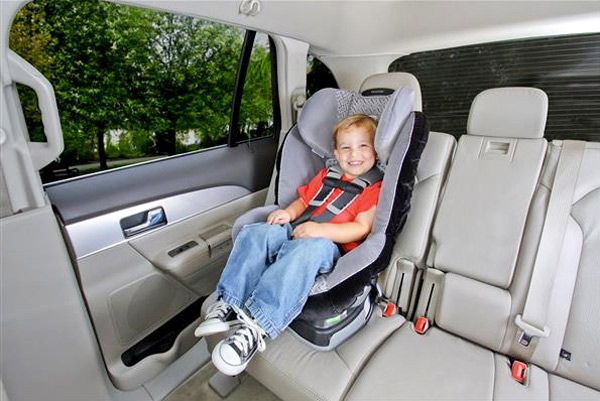 Nine out of ten children are seriously or fatally injured in traffic accidents because they are incorrectly restrained or because of loose objects in cars. Correct use of safety equipment will save more lives, according to a new study from the Norwegian Institute of Public Health (NIPH).
Nine out of ten children are seriously or fatally injured in traffic accidents because they are incorrectly restrained or because of loose objects in cars. Correct use of safety equipment will save more lives, according to a new study from the Norwegian Institute of Public Health (NIPH).
Why are some children seriously or fatally injured in traffic accidents while other children in the same vehicle walk away without physical injury? This is one of the main questions Dr Marianne Skjerven-Martinsen at the NIPH studied as part of her doctoral dissertation.
The study is part of the research project ‘Barn i bil’ (Eng: Children in cars), a collaboration between the NIPH and Oslo University Hospital. As part of the project, a roadside study of normal traffic on Norwegian high-speed roads also took place which showed that every third child was incorrectly restrained.
Correct seat belt use is crucial
By investigating traffic accidents in Norway, Skjerven-Martinsen and her colleagues documented that incorrect restraint and loose objects in cars play a significant role in the number of deaths and injuries among children.
The results show that:
Accidents where children are seriously injured mainly occur on high speed roads, in weekend traffic and most often follow frontal collisions on roads without crash barriers between carriageways.
More than 9 out of 10 children who were seriously or fatally injured in traffic accidents were incorrectly restrained or were hit by loose objects in the car.
The most common error is that the seatbelt is misplaced, with the shoulder belt under the arm or behind the back, or the lap belt is placed too high on the abdomen.
Loose objects also cause damage to passengers, often indirectly when heavy luggage shifts, displacing the rear seat where the child is sitting.
Correctly secured children have a low risk of injury, even in a heavy collision.
Children over 4 years are injured most frequently and the most common injuries are to the head, face, chest and abdomen.
For younger children, the most common errors are loose or misplaced straps.
Learn from experience
“We see that adults want to protect their children but they may lack knowledge of what can happen if the equipment is not used properly. The aim of this study was to evaluate the incorrect usage of child restraint in the vehicle, related to the child’s height, age and type of equipment. In this way, we can give advice to parents, authorities and particularly the motor industry,” says Skjerven-Martinsen.
In her thesis, she also described how children of different ages should be secured to prevent serious injury in car accidents. The findings provide a scientific basis for targeted prevention. The study done by Norwegian Institute of Public Health.